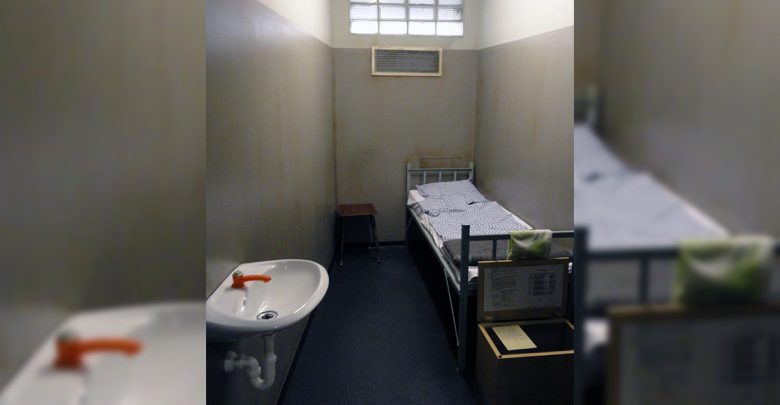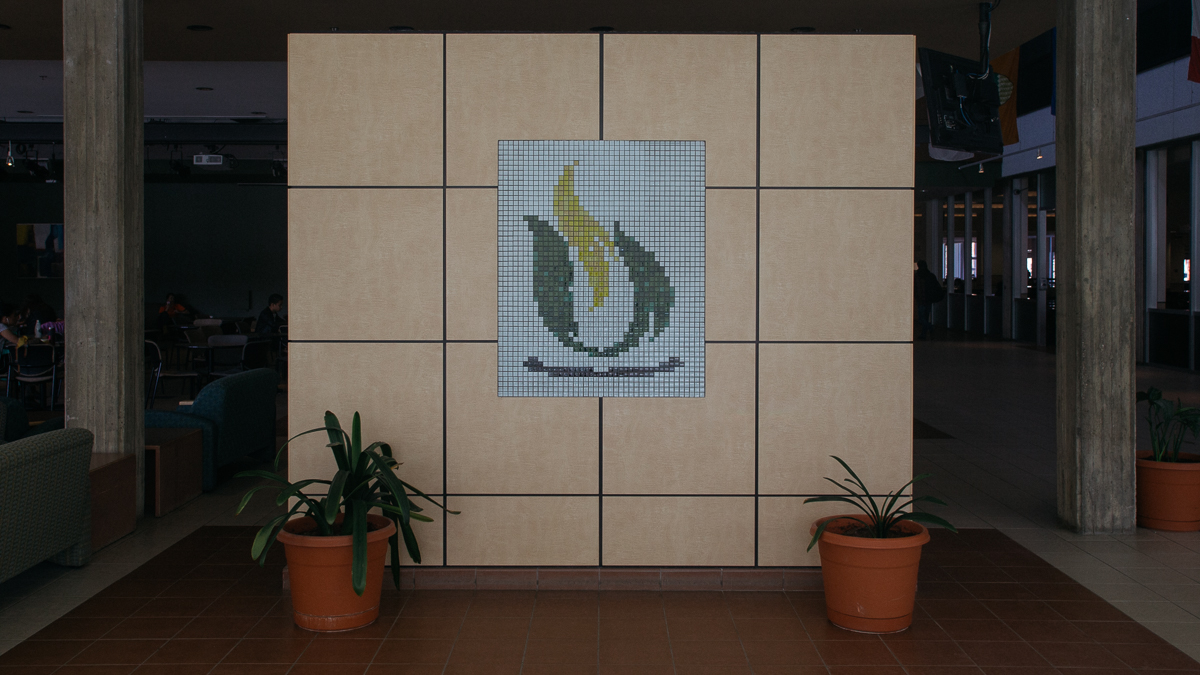 Supplied
SuppliedIf someone is convicted of a crime, does that give us the right to treat that person however we please?
This is the central debate on Parliament Hill as the Liberal government unveils Bill C-83, their plan to end solitary confinement in federal prisons. Under the new law, inmates who need to be separated from the others will be placed in Structured Intervention Units (SIUs), where they’ll be allowed more time outdoors, human contact, and access to legal and mental health programs. Some may argue that solitary is the better option, but as it is now, it’s one of the worst aspects of Canadian prisons.
Solitary confinement, or “administrative segregation,” is the practice of keeping certain prisoners in total isolation from others, with the exception of prison staff, for 22-24 hours a day. Those in solitary have no access to educational and rehabilitative resources, nor other prison amenities like showers or washing machines. You’d think this kind of punishment would be reserved for only the most extreme offenses, but you’d be wrong.
Nearly half of all federal inmates have experienced solitary confinement at some point during their sentence. The Office of the Correctional Investigator, which conducts annual reports regarding Canadian federal prisons, called this evidence of an “over-reliance” on solitary and has called for prisons to consider other methods more often. But solitary confinement is easier, acting as a convenient method of population control for prison administrators. But the underlying reasons why people are put in solitary don’t get addressed, and those in dire need of assistance aren’t getting the help they need.
Among inmates with mental illnesses, experience with solitary confinement is very common: 68 per cent of them have experienced it at some point, and those with a history of self-harm or suicide attempts have experienced it more frequently. Indigenous people are also overrepresented, and have longer average stays in solitary than other racial groups. While these people may be put in solitary under the premise of needing protection, solitary confinement can do real harm, especially when it’s long-term.
Solitary confinement has been linked to a host of concerning symptoms, including sensitivity to light and sound, perceptual distortions like hallucinations, panic attacks and paranoia, as well as self-harm and suicide. Inmates who are already mentally ill are especially at risk, and those whose mental state worsens as a result of solitary confinement may be put back in solitary for “closer supervision.” For these people, being in and out of solitary can be a vicious, never-ending cycle.
Worse still, abuses of authority over those in solitary are easy to get away with. A well-known Canadian case is that of Adam Capay, a First Nations man who was held in solitary for over 1,500 days, 100 times the 15-day limit recommended by the UN. By the time he was freed, he had trouble with spoken language because he hadn’t used it in so long. Bright lights were on in his cell 24/7, disrupting his ability to sleep and leaving him in a confused mental fog. The officers in charge of him hadn’t followed regulations at all: there were no further reviews of his condition once he was put under segregation, and higher level management didn’t step in after he was still there 60 days later. Cases like this show that the current system clearly isn’t working, and an overhaul is badly needed.
This bill could very well be a ploy by the Liberals to get in some good press before the next election cycle, but regardless of why they’re doing it, ending solitary confinement and replacing it with more humane methods is a good idea. However, the government should brace itself for backlash: proponents of the “tough on crime” philosophy will not take this lying down, especially the Conservative opposition party. Already, critics like Pierre Paul-Hus are accusing the government of abandoning a “common safety measure,” ignoring the danger it puts inmates in. A safety measure is not truly safe if it needlessly puts others in harm’s way.
We see criminals as separate from the rest of us. We don’t think of them as a part of society, or as people at all. But today’s prisoners are tomorrow’s neighbours. If we want these people to reintegrate peacefully, the “toughest” solution will not work — only by treating inmates as humans can we make real progress.




